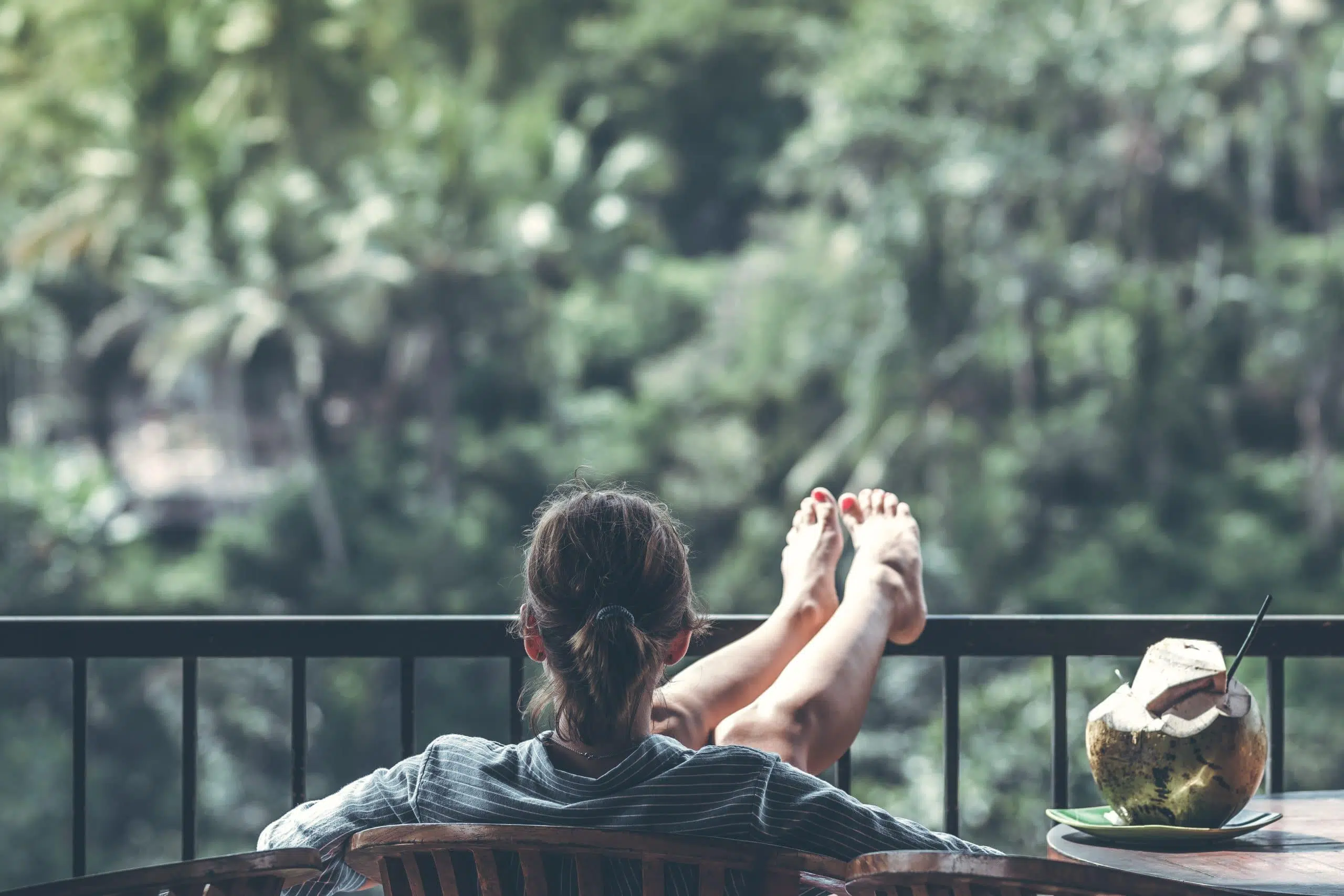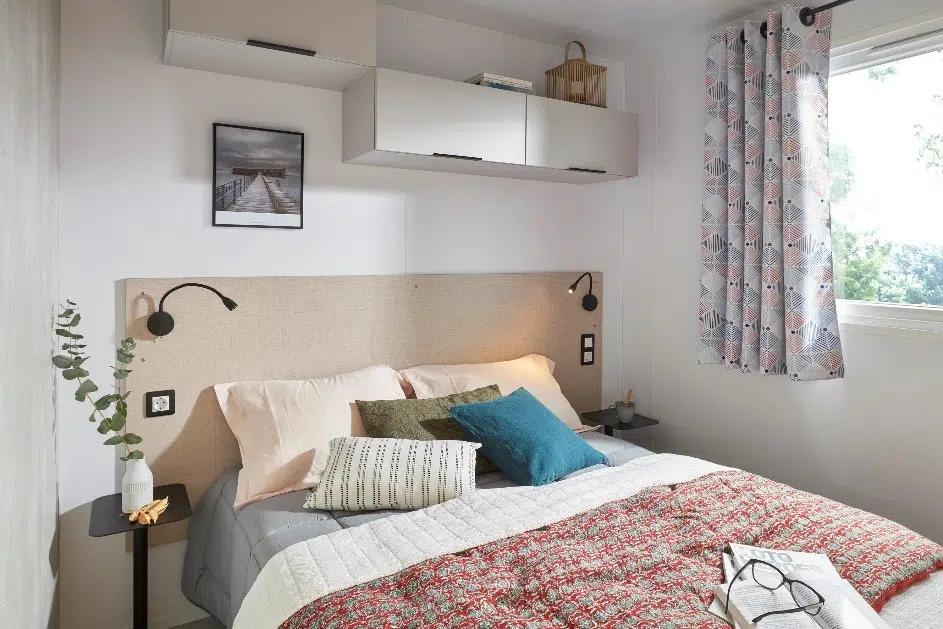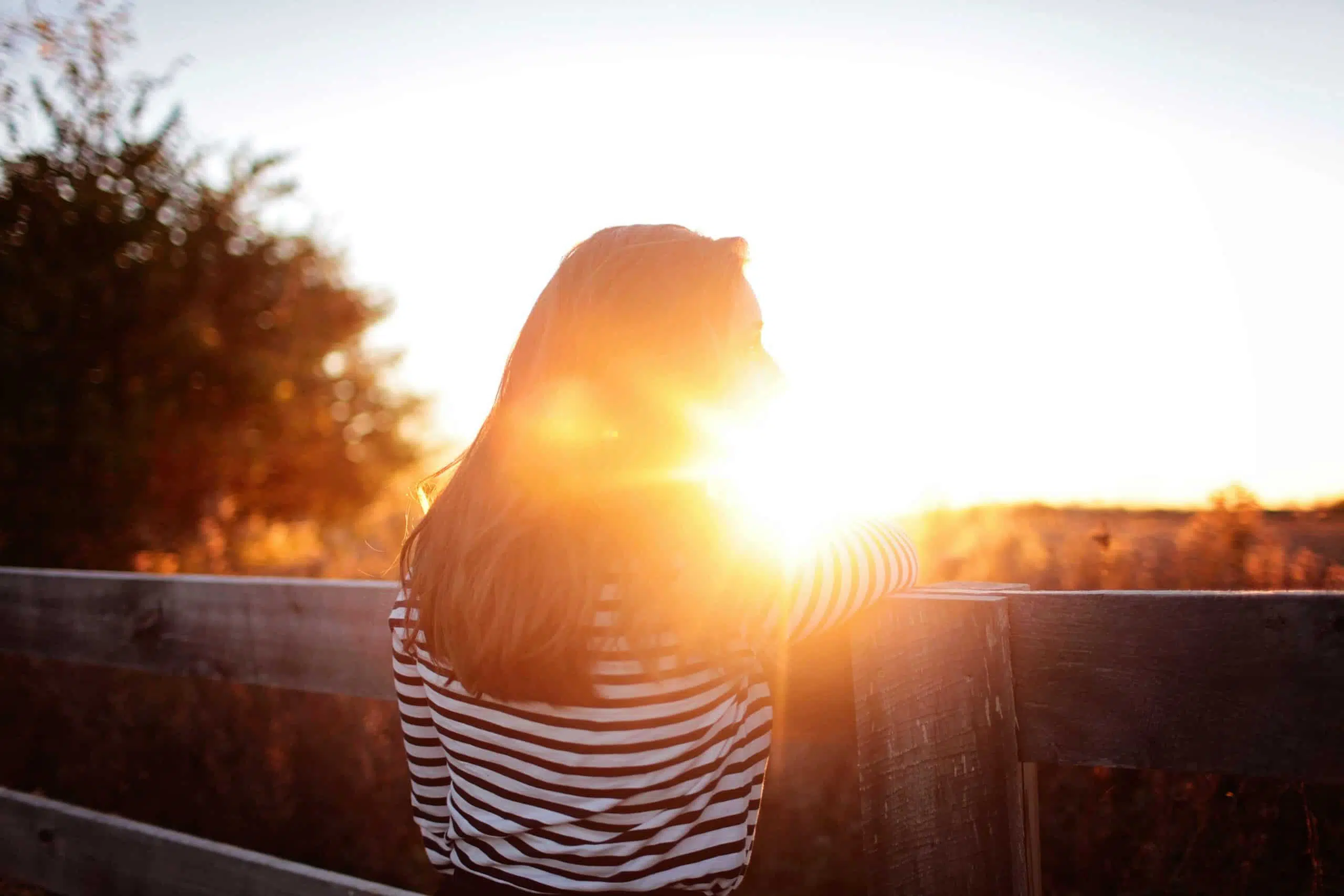Introduced in the 2000s, the concept of glamping combines outdoor camping with holidays where luxury and comfort prevail. Nature plays an essential role at the heart of this concept. Glamping accommodation is high-end and offers authentic yet premium stays, where the holidaymaker can enjoy the beauty of the surrounding environment. Beyond the type of accommodation on offer, glamping refers to stays that aim to provide customers with memorable and immersive experiences.
What is glamping?
The term glamping, formed from the words "glamour" and "camping," refers to a type of camping that originated in the UK in 2007. Very quickly, this concept spread to Europe and North America. This type of camping combines luxury with unusual or even quirky accommodation. More and more customers are drawn to this type of camping.
From a very practical point of view, if you’re going glamping for a night you don’t need to bring any equipment because your accommodation already has everything you need. No more carrying tents or sleeping bags, your stay is free of all practical constraints.
Who goes glamping today?
Even though today it implies a luxury stay, the term glamping actually encompasses both high-end stays and more basic accommodation. From a practical point of view, this means that quality bedding is supplied as opposed to the simple mattress on the floor that you would get with traditional camping. Glamping also refers to campsites that offer plenty of activities, equipment and associated services. A luxurious campsite offering access to a sauna, jacuzzi or even spa treatments can therefore be classed in this category of accommodation.
For your first experience of outdoor accommodation, glamping is a good choice giving you the chance to camp with friends or family while maintaining a certain level of comfort.
Glamping trends
First introduced in 2007, the concept of "glamping" expanded in 2013 in the United Kingdom, then spread to the United States in 2014. In 2015, the term was officially recognised and added to the Oxford English Dictionary. Today, the word "glamping" is used worldwide.
But what does the term "glamping" really mean?
Traditionally, the term is associated with camping in yurts or safari tents. However, it has gradually become more widespread and is now used to refer to accommodation such as cabins, lodges, high-end mobile homes, chalets, pods, etc.
From the many options on offer, pods, tree houses and transparent bubbles are rustic and unusual options for a quirky stay that will offer you a completely new experience. Whether lost in the middle of the forest or lodged atop a large oak tree, your quirky accommodation will give you a view of the surrounding environment. Trailers, tepees and yurts, the more "basic" accommodation, offer you something different from your everyday life and give you the chance to escape. For very high-end glamping accommodation, you can opt for lodges, mobile homes or premium chalets that will give you an experience comparable to a hotel stay.
These many types of accommodation provide a place where you can stay protected from the elements year round, often by offering access to electricity, quality insulation and heating.
Why choose glamping over camping?
Glamping allows you to enjoy the proximity of nature and the freedom offered by camping but without its uncomfortable aspects!
First of all, your stay can help you recharge your batteries. Rather than sleeping on the floor in a sleeping bag, glamping accommodation provides quality bedding and blankets so that your nights are gentle and restful.
There’s no need to take all the things you need to shelter, sleep or cook as these will be provided to you on site to offer real comfort, no matter whether you’re in for a long stay or a single night.
You will be able to enjoy a private bathroom and won’t have to use communal washing facilities. The majority of glamping sites offer you access to running water and allow you to live at your own pace and with complete autonomy.
Another aspect not to be overlooked is the time savings you will make when choosing a glamping experience as you won't have to worry about logistical aspects such as setting up the tent. All you have to do is arrive and drop off your suitcases, which can be a huge advantage if you're only enjoying a short stay.
Finally, your environment will be incomparable. Whether you’ve opted for a cabin or a lodge tent, you’ll be immersed in nature and can make the most of the outdoor space.
Responsible holidays
Glamping is a great way to make tourism more responsible, while enjoying unusual experiences that make you forget about everyday life. The average carbon consumption of glamping establishments is relatively low, resulting in a smaller ecological footprint compared to traditional campsites. The materials used, such as wood and canvas, are responsible, ecological and renewable. What’s more, some of the accommodation is movable or removable, which means that it does not impact the environment in which it is placed. Finally, the experiences offered in glamping are often linked to nature and its conservation. So you can go hiking and cycling, for example, and conserve the environment at the same time.
Glamping with Sunshine Habitat
Enjoy the terrace in the evening surrounded by nature, sleep peacefully on a comfortable bed, enjoy the calming atmosphere of the lounge in your unique accommodation while you’re glamping…this is what Sunshine Habitat offers with one of its brands. The accommodation offered by CIAT Lodges gives you the chance to enjoy a unique and memorable experience with family and friends.
This canvas accommodation is designed to give you a break and offer you an unusual glamping holiday.
Sunshine Habitat is not limited to CIAT Lodges. Fabre Chalets and Louisiane Mobile Homes complete the range of leisure accommodation. Three brands that are as complementary as they are unique, making Sunshine Habitat the only brand on the market with such a wide-ranging offering.
A brand that imagines the outdoors with you and for you.





